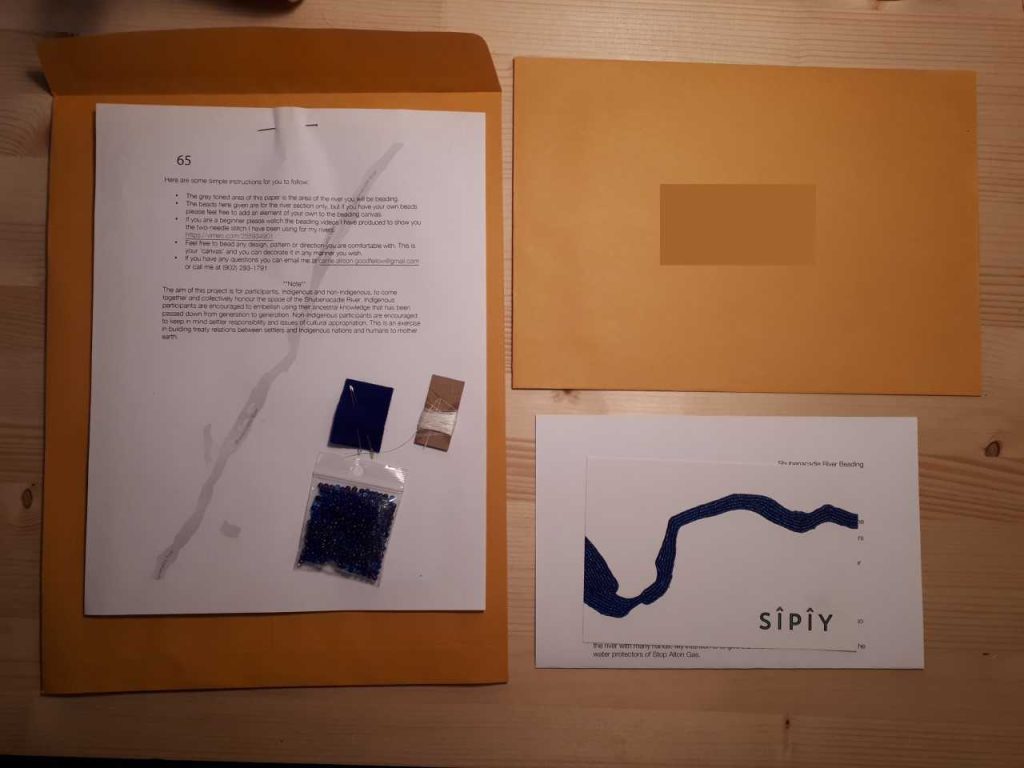Carrie Allison Goodfellow
Carrie Allison Goodfellow designed her thesis ‘to be interactive and non-conventional, and is aimed to support self-reflective, creative, and narrative methods of writing. The aim of this project is for participants, Indigenous and non-Indigenous, to come together and collectively honour the space of the Shubenacadie River’.
She created the Shubenacadie River Beading Project. You can be involved in this amazing project.
Learn more at her website – Rivers and Waterways
Carrie explains Shubenacadie River Beading Project:
Miskâsown
miskâsown is a Cree word meaning seeking knowledge from within, I came across this word in Margaret Kovach’s Indigenous Methodologies. Kovach states,
“The term researcher preparation describes the experiential aspect of the research. It is about process. There were aspects of this research approach that required preparation and choices grounded in the inward knowing that arises from personal experience. In this framework, I refer to personal preparations to include miskâsown, a Cree word that means to go to the centre of yourself to find your own belonging.” (Kovach, 49)
I wanted to activate this word through research; I was inspired to start preparing my thesis by viewing my own knowledge as a departure point[1]. I have always been good with my hands. Small gestures such as sewing, embroidery, braiding and weaving have always come naturally to me so I knew I wanted to involve my hands in some intimate form of making. During my undergrad degree I went to Ruth Cuthand’s artist talk at Mount Saint Vincent University Art Gallery. On display was her work titled Trading Series. The series included thirteen microscopic images of viruses, twelve of the viruses were introduced to North America by Europeans and the last virus was syphilis, which originated here in North America. The twelve European viruses were beaded in seed beads, a common trading good between Indigenous peoples of North America and Europeans. The depiction of these viruses beaded using trade materials points to the brutal history of Indigenous people within North America since contact, such as: infected blankets, refusal to immunize, and segregated and underfunded hospitals[2]. The virus syphilis was made with quillwork, which was an art practice largely replaced by European imported beads. This series had everything I knew I wanted in my work: a laborious process, research, narrative, and history. The notion of identity is a large part of my practice, always trying to reformulate what the word means to me as a Cree/Métis/European artist. At the beginning stages of Sîpîy I was looking to develop a project that would help me work through notions of visiting, belonging, kinship, allyship and self-determination. bell hooks speaks of theorizing as a healing practice. My theory is that by activating and engaging in miskâsown, by connecting with community members and by seeking knowledge through my body’s actions, I will start to develop a stronger connection to these words.
[1] This was furthered by the scholarly work of Kathleen Abolon’s Kaandossiwin where she states, “Indigenous re-search is often guided by the knowledge found within. Aboriginal epistemologies (the ways of knowing our reality) honours our inner being as the place where Spirit lives, our dreams reside and our heart beats.” (Abolon, )
[2] Daschuk, James Williams. Clearing the Plains.2013
Structure
The structure of this thesis is designed to be interactive and non-conventional, and is aimed to support self-reflective, creative, and narrative methods of writing. To do, I created a website presentation as opposed to a traditional written and printed thesis format. This thesis is a creative exploration of what a thesis can be. The inclusion of narrative, musings, theory, academic writing, website links, and images are combined to form a multifaceted thesis. It is also meant to be an ongoing project, one, which adapts, morphs, and changes over time. I see it as a living document, functioning much like the living river systems in my thesis exhibition, as river systems adapt, morph, and change through time so too will this thesis.
The non-conventional structure is meant to reflect miskâsown, a Cree word meaning to look inside yourself and find your own belonging, specifically as well as Indigenous ways of knowing (epistemologies) and being (ontologies) more broadly. Indigenous notions of time and epistemological understandings are not viewed in the linear formats as they are in Judeo-Christian understandings, for instance changing seasons and animal migrations are integral to Indigenous understandings of time and place (Doxtator, Vowels, Kimmerer). Indigenous ways of knowing are thoroughly embedded within story, dreams, art, song, and dance. Storytelling is a daily part of life, in which stories are passed on from generation to generation, and continue to hold meaning in the moments they are shared (Vowels, Simpson, Maracle). They exist in the past as well as in the present and it is understood that they will continue to exist in the future. In Indigenous ways of knowing interconnection is in every aspect of life, we as human beings are connected to everything around us, our actions ripple to surrounding plants, animals, rivers, oceans, and rocks. I wanted to mirror this interconnection in the format of my thesis. This thesis is meant to be interacted with and read in multiple ways, it is not a bound document and should not be read like one. Indigenous stories are passed on through spoken word, they change through time and individual voice, they adapt and morph to the speaker and to the time being told. This thesis is meant to reflect a cyclical system. These stories happened in the past but are relived and experienced in the present day through remembering, therefore they lived then and they live now and will live in the future by others interacting with them.
When developing the format and structure for this thesis I returned regularly to the scholarly work written by Margaret Kovach, Indigenous Methodologies. She speaks about Nêhiýaw (Cree) epistemology and ontology and the importance of considering them when researching and constructing a methodology for research. Kovach states, “Nêhiýaw epistemology is a relational methodology, so while I speak of knowledges (e.g., values, language), it should be assumed that they are nested, created, and re-created within the context of relationships with other living beings.”[1] This was important for me to reflect on when designing this thesis. I wanted to activate this paradigm in relation to my own ways of knowing and being. Much of my belief system is constructed through reading, reflecting, listening, viewing, and making. This thesis reflects those actions and considers the other beings that have inspired me to assemble it. CyberPowWow was one such space, which I viewed and learned from. Creating a powwow in cyberspace is a truly awesome idea in an age where many Indigenous peoples, urban and dislocated from Indigenous communities, have the chance to participate in real time conversations with other Indigenous peoples across the world which creates a trans-national Indigenous community across vast spaces. This enables Indigenous peoples to virtually share cultural knowledges and practices.
The structure of this web and narrative based thesis also aims to break down institutional colonialism through its structure by making it immediately accessible to the public and by reflecting and activating decolonizing research methodologies. Historically, Indigenous peoples have been the subjects of academic research. There are thousands of papers written about Indigenous peoples, however, recently in the past four decades decolonizing research methodologies, such as those brought forward by Linda Tuhiwai Smith have generated a critical mass of research by Indigenous people for Indigenous peoples. Research that is shared from an Indigenous perspective and that follows distinct Indigenous protocols, as well as reflecting on Indigenous epistemologies and ontologies, are shared in ways that continue individual and distinct Indigenous belief systems and thus are culturally appropriate. I wanted to create a project and piece of writing that explored alternative methods to research, such as personal narratives, and a piece of writing that did not follow the canonical institutional thesis format such as Cherríe Moraga and Gloria Anzaldua’s This Bridge Called My Back. I looked at this process of storytelling and non-linear format as a gesture to resist and decolonize the colonial canon of thesis writing.[2] In Research as Resistance Leslie Brown and Susan Strega state why it is so important for Indigenous scholars to operate within the academic system; “We push the edges of academic acceptability not because we want to be accepted within the academy but in order to transform it.” (Research as Resistance, 2015). This is incredibly important. Academic and cultural institutions have participated in generating and perpetuating grand narratives within Canada and Indigenous peoples working within these institutional structures help break down harmful colonial narratives and the perpetuation of stereotypes.
By activating miskâsown I am participating in a long line of scholars, artists, educators, and knowledge keepers that have grounded their research in who they are and what they know. Scholars such as Sherry Farrell Racette who looks to her Métis ancestry to inform her scholarly research on Métis beading practices and women’s work. Margaret Kovach’s research examines and articulates Nêhiýaw paradigm and ways of knowing and applies those teachings to appropriate research practices. Artists such as Amy Malbeuf who has continuously engages her knowledge of the land in Rich Lake, Alberta, to inform her artistic practice and guide her material choices. Ursula Johnson’s art practice is conceptually grounded in her identity as Mi’kmaq and uses teachings from her ancestors to create innovative and thought provoking work. These Indigenous women, and many others, have inspired me to look inside myself and to connect my knowledge and connections to my relations to my making and creating practices.
[1] Kovach, pg.47
[2] These ideas are heavily influenced by the writing of Leanne Betasamosake Simpson, Joane Cardinal-Schubert, Margaret Kovach, Lee Maracle, and Kathleen Abolon.
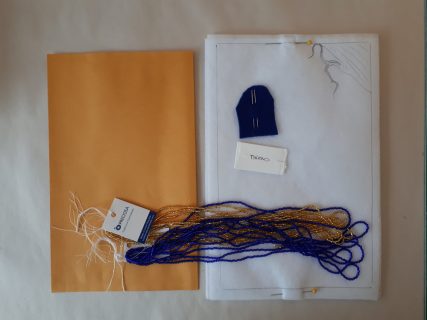
The Shubenacadie River Beading Project is the first project orchestrated by Kin River Collective. This community collaborative project is meant to activate notions of kinship, allyship, and stewardship; it is an act of standing in solidarity with the Stop Alton Gas group. Beading is a gesture of honouring and building community through making.
Shubenacadie River Beading Project intentions and explanation
My name is Carrie Allison and I am an artist currently pursuing my Master of Fine Art degree at NSCAD University. I am of Cree/Metis and settler descent, an interdisciplinary artist in the process of reclaiming my ancestry lost through the colonial system. My maternal family hails from High Prairie, Alberta. For the past year I have been incorporating beading into my artistic practice as a way to become more familiar and comfortable with my maternal ancestry. For my thesis project I have decided to bead two rivers that I am connected to: the Heart River in Alberta and the Fraser River in BC. These rivers are important to me and to my ancestors. I look at the history and practice of beading as an act of respect and honouring; by beading these rivers I am honouring the ancestors’ gifts to us.
To connect me to the space I have been living on for the past 7 years I wanted to honour a river in Nova Scotia. One of the most important rivers here, the Shubenacadie, is under threat: Alton Gas proposes to create two salt caverns to store natural gas underground, which would result in huge quantities of highly concentrated salt brine to enter the Shubenacadie. The local Mi’kmaq community, along with its allies, has been actively protesting the project, saying the salt caverns will destroy the ecosystem of the river and everything that relies on it. I wanted the beading of this third river of this project to be a community-based process that might benefit the people most closely linked to the river, so I have decided to facilitate a beading of the Shubenacadie River Beading Project through community members and anyone else who wishes to be a part of it. This project is meant to honour the river with many hands.
The aim of the Shubenacadie River Beading Project is for participants, Indigenous and non-Indigenous, to come together and collectively honour the space of the Shubenacadie River. Indigenous participants are encouraged to embellish using their ancestral knowledge that has been passed down from generation to generation. Non-Indigenous participants are encouraged to keep in mind settler responsibility and issues of cultural appropriation. This is an exercise in building treaty relations between settlers and Indigenous nations and humans to mother earth.
Beading kits will include everything you will need to bead your portion of the river. In the Shubenacadie River Beading Project beading kits you will find: two needles, string, beading felt with your segment of the river pattern drawn on it, beads and an envelope with a return address. Once you have completed your portion of the river you will carefully fold the beading into the envelope and send back to me.
The Shubenacadie River Beading Project kits are organized at 3 levels of difficulty of: Beginner, Intermediate, and Master/Advanced
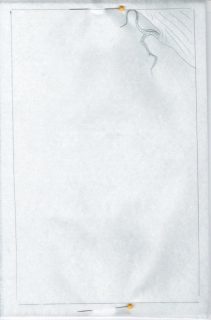
Beginners will have the opportunity to learn to bead; each kit will contain guidelines and YouTube links that will give you a step-by-step account of how to start beading one simple section of the river pattern.
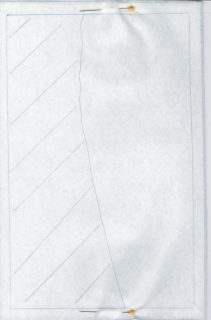
Intermediate beaders have beaded before, but would like the opportunity to work on a more complex part of the river pattern.
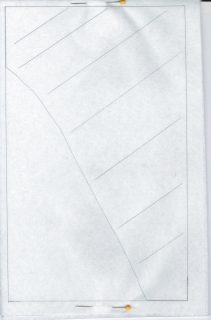
A Master or Advanced beader has beaded a lot and would love a more challenging section of the river pattern. This can mean being responsible for a larger mass of the river pattern, e.g. a lake).
PLEASE EMAIL ME IF YOU WOULD LIKE TO GET INVOLVED! carrie.allison.goodfellow@gmail.com
Learn more about the Shubenacadie River Beading Project at Carrie’s website Rivers and Waterways or at Carries own website, where you can contact her for a beading kit and create your section of the river, or view finished pieces and catch up on the progress of the project.

